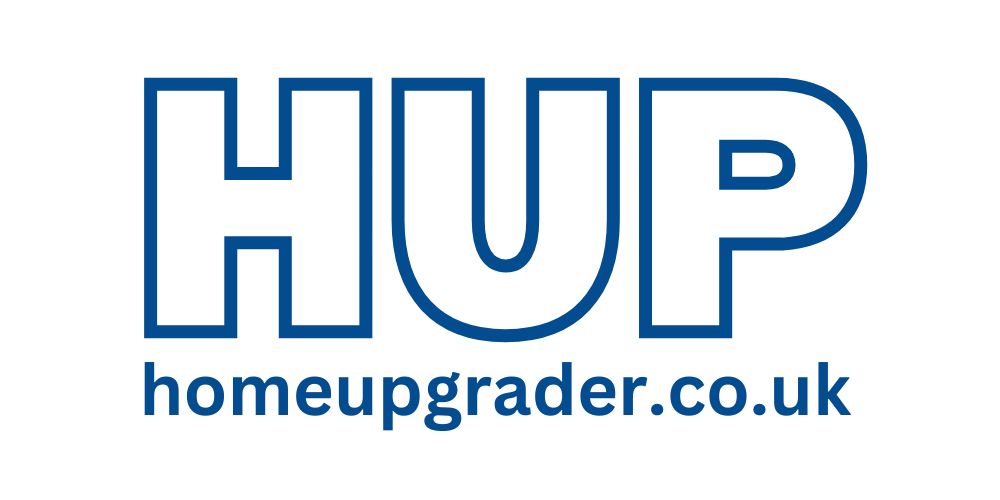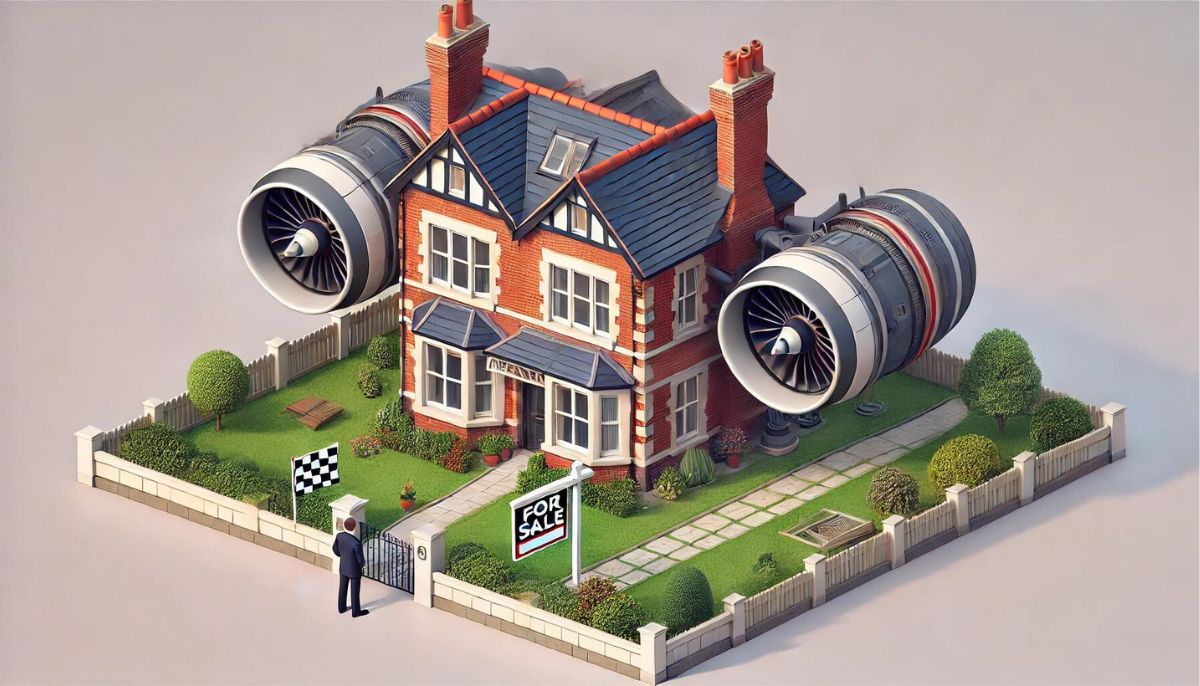On average, it takes 59 days to find a buyer in the UK. This is followed by 98 days average during conveyancing, plus 14 days between exchange and completion, giving 171 days (or around 6 months) in total.
But it varies. A lot. By region. By house type. By other things. I’ll explain how.
I’ve taken data from Rightmove, the UK Government website, and a number of conveyancing firms to give some context, so you can get a clearer idea of what to expect in terms of timescale.
The 3 stages in selling a house
There are broadly 3 stages: listing, conveyancing, and post-contract.
Listing is the stage between posting your property and finding a buyer. This is where it sits on Rightmove and people look round your house. It takes 59 days on average, but can vary from 24 to 136 by market.
Conveyancing happens after you’ve found a buyer. Emails will be flying between your solicitor and the buyer’s solicitor, asking questions. It is a very tedious stage. And it’s also subject to all sorts of delays, such as unusual contracts, mortgage applications, and human beings, who sometimes go on holiday. The guideline for England is 12-16 weeks. No clear dataset exists for real performance, which is a shame.
Post-contract stage is between exchange of contracts and completion (i.e., moving in). Luckily, this is more in your control. You can leave just a couple of days, if you like. Most people complete in under 4 weeks.
To recap:
- Listing takes 59 days on average, with a range of 24 to 136 days
- Conveyancing takes 98 days on average, with a range of 84 to 112 days
- Post-contract takes 14 days on average, with a range of 1 to 28 days
This gives a total range of 109 days to 276 days from listing to moving in. That’s 15 to 39 weeks, or 3 to 9 months. Of course, there’s really no upper time limit, and highly unusual properties or chains can take even longer.
Note: the system and time for conveyancing in Scotland is much shorter, see below.
Factors that affect house sale time (and if they are in your control)
Asking price (controllable). The reality is that you will sell fast if you price it low. People know a deal nowadays, all the data is available to them. You can even sell in a single week, if you’re happy to take a hit. If you’re in no rush, you can stick at a higher price and wait. Your estate agent will help with asking price, but you can do your own research, using tools like Zoopla’s instant house valuation.
Type of house (not controllable). It’s easier to sell smaller properties that are within reach for first time buyers. Bigger properties have a smaller pool of buyers.
Location (not controllable). Some markets are hot, some are not. If you’re selling a flat in a big city, you’ll have plenty of viewings. But in a town away from a train station, maybe not. You can see a breakdown by region below.
Property Chain (not controllable). The 166 day estimate applies to a sale of a house. But what if you’re buying as well? In this case, you may be able to sell your home in as little as, say, 150 days. But if there’s a complication with your purchase then it can easily extend the timescale.
Conveyancing (partly controllable). You can pick your solicitors, and some are better than others. The biggest delay is usually waiting for replies to queries – in this case, you can badger the relevant party, and also do your bit as quickly as possible.
Buyer delays (partly controllable). Sometimes your buyers will try and slow a sale down. They might not want to move in while paying rent on another property, or they might be going on holiday, or any other number of reasons. They may delay during conveyancing, or ask for a longer gap between exchange and completion. If you want to move faster, it takes some negotiation.
Instant property sales
If you’re in a rush, it is possible to sell in as little as 7 days. There are cash-buying companies who will buy properties to then develop, or rent out, or resell.
Usually they’ll give you ~85% of the value. So it’s not for everyone. But if speed is key, they’re extremely valuable. You can read more here.
Speed to house sale by UK region
Rightmove provide data in their brilliant house price index. This is just the 1st stage – finding a buyer – so you’ll need to account for conveyancing and the post-contract stage. Here’s the summary:
| Region | Days to find a buyer |
| London | 60 |
| South East | 61 |
| South West | 62 |
| East of England | 62 |
| East Midlands | 65 |
| West Midlands | 61 |
| Wales | 71 |
| North West | 58 |
| Yorkshire & Humberside | 62 |
| North East | 54 |
| Scotland | 31 |
Why is it so much faster to sell in Scotland?
Scotland is different. They have a different, and some would say better, system when it comes to selling. The time to find a buyer is roughly half, and conveyancing takes more like 6-8 weeks, versus 12-16 in England and Wales. Scotland has the following:
Blind bidding: most houses are sold through a bidding system. There’s a guide price. Then buyers place sealed bids, and the winner takes it.
The Home Report: Scottish properties need to have a Home Report before going to market. This covers information such as a survey, a valuation, and an energy report, but it’s available to buyers in advance.
No Gazumping: gazumping is where a sale will be hijacked at the last minute, often by a cash buyer. It actually happened to us. But it wouldn’t if we lived in Scotland.
Earlier Contracts: sales are legally concluded earlier in Scotland. Whereas the rest of the UK have an exchange of contracts, Scotland has a number of legal letters called ‘missives’ between the solicitors, which form the legal basis of the sale.
All this means Scotland has quicker, more reliable house sales than the rest of the UK. Sounds like a good system, doesn’t it?



